Are QR codes an effective way of communicating with coffee consumers these days?
Written by Carolina Pirola
Many may remember seeing their first Quick Response (QR) code when removing the battery of their mobile phone or opening the hood of their car. When they first appeared in 1994, QR codes were designed as an improved version of a barcode and were never supposed to be used beyond the manufacturing process. They eventually made it to the public realm in the early 2000s, but their usage remained largely anecdotal for the first 25 years of their existence.
Fast-forward to the present day, and QR codes are more alive than ever – at least if we consider their ubiquity as a sign of their relevance. These readable optical labels surged in popularity starting in 2020, as they offer easy, convenient and, perhaps more importantly in COVID times, touch-free access to relevant information. But in a world where everything seems to already be a click away, are QR codes actually being scanned by coffee drinkers?
Picture by Carolina Pirola
Bridging the information gap to influence consumer behavior and build trust
Coffee consumers, and in particular specialty coffee consumers, are showing a growing interest in interacting with brands and learning all kinds of details about what they drink, such as the provenance of their beans, the lives of the farmers that picked the cherries, and the carbon footprint of their caffeine fix. Up until now, coffee companies could use their websites and social media profiles to reach their customers, but QR codes have quickly become one of the most dynamic tools available to them.
Companies big and small are exploring the myriad ways in which QR codes can be used to connect with consumers on a deeper level. Coffee giant Starbucks uses them to reward loyalty; 1850 Coffee to provide information about the farm of origin, and roasters everywhere to share recipes and details about roast profile or processing methods. One of the ways in which QR codes are particularly useful is for communicating company values. By linking the code to an impact report, companies can show consumers that their commitments go beyond a mission statement on their website. An example of this is Swedish coffee marketplace Era of We, which uses QR codes to deliver traceability. The codes on the coffee packages show customers interactive stories that allow them to connect with farmers, learn more about their story, and leave a review.
Amsterdam-based roasters Wakuli print QR codes on their bags for a variety of purposes. Having used them since the company’s founding in 2019, QR codes allow for a more streamlined, minimalist design of the coffee package. However, they also allow the company to have a bidirectional communication channel with their customers: The codes offer them “a seamless experience for reordering coffees; changing their subscriptions like next delivery dates, type and quantities of coffee, and getting to know more about their favorite brew,” explains co-founder Yorick Bruins. Their QR codes “redirect to the customer’s own Wakuli environment ‘my.wakuli’, where they’re able to access all important information, talk to us through our support team, and order new coffees.” Aside from these features, customers can also use their personal login to learn more about the impact they’re making, or even gift coffee to others.
Picture by Wakuli
Scan rates are increasing, but reliable public data is unavailable
It is clear then that QR codes no longer languish on the side of a box waiting to be scanned in a warehouse – they’re windows into a huge range of marketing and storytelling opportunities for businesses. However, there is little public data regarding how much consumers actually interact with them, even less so in the coffee industry.
According to data shared by QR code generator QR Tiger, scans quadrupled in 2022. While this is significant growth, it includes codes placed everywhere, from supermarket bags to restaurant menus and bus stops. Additionally, market and academic research on the use of QR codes in food packaging is sparse. Scan percentages range from 4.22% by some estimates to over 50% by others, depending on context, methodology used and a myriad other factors. As observed by researcher Hussnain Bashir, there are a number of studies aimed at understanding what might influence scan intention, including placement, the amount of information provided, and even the language of the messages around the QR code. Researchers Tongzhe Li and Kent D. Messer claim that “consumer preferences of a product are influenced by the amount of information provided and accessed.” QR codes, then, seem to have enormous potential to help companies communicate with their customers, build trust, and influence purchase decisions.
While these studies offer coffee brands an opportunity to understand the elements that surround the decision of a consumer to scan or not, whether QR codes are being scanned is a question that individual companies may have the answer to, at an industry level, that remains largely unanswered.
Carolina Pirola
Carolina Pirola is a journalist and communications specialist based in Madrid, Spain. A personal interest in sustainability led her to investigate coffee farming communities in the Canary Islands and northern Argentina, where she discovered the multitude of challenges & inequities that smallholder producers face.




